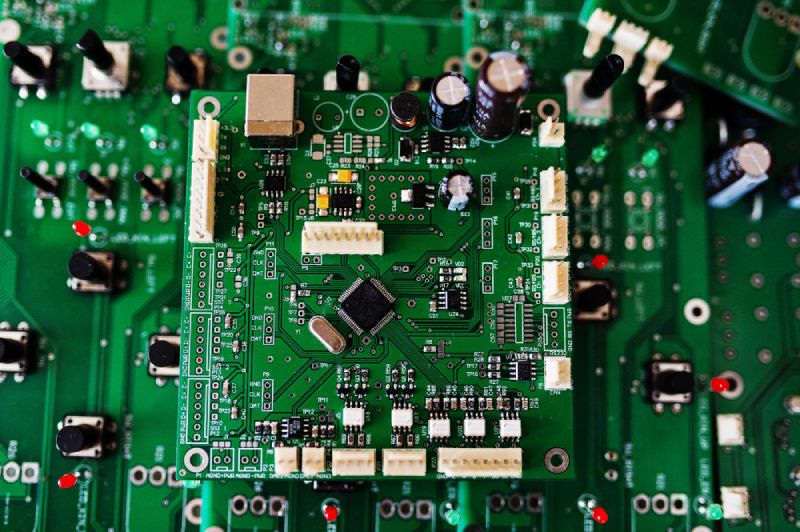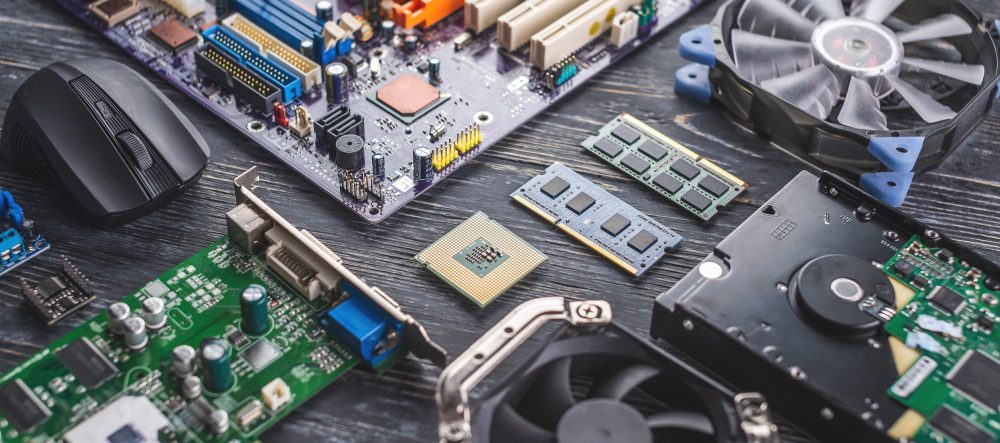How to Update Your Motherboard BIOS
Introduction
Motherboard BIOS or Basic Input/Output System is the firmware that is embedded within the motherboard of a computer. It is responsible for initializing and testing the hardware components of the computer, and also provides a platform for the operating system to interact with the hardware. Updating your motherboard BIOS can offer various benefits, such as improving system stability, solving compatibility issues, and increasing system performance.
Step-by-Step Guide to Updating Your Motherboard BIOS
Step 1: Identify Your Motherboard
Before you can update your motherboard BIOS, you need to determine the exact model of your motherboard. This can be done by referring to the documentation that came with your computer or motherboard or by using a system information tool like CPU-Z or Speccy.
Step 2: Download the Latest BIOS Version
Once you have identified your motherboard model, you can visit the manufacturer’s website and download the latest BIOS version. Be sure to download the BIOS version that is specifically intended for your motherboard model.
Step 3: Create a Bootable USB Drive
Once you have downloaded the BIOS file, you need to create a bootable USB drive. This can be done using a tool like Rufus. Make sure that the USB drive is formatted as FAT32 and that it has enough space to hold the BIOS file.
Step 4: Backup Your Current BIOS
Before you proceed with the BIOS update, it is recommended that you backup your current BIOS. This can be done using a tool like Universal BIOS Backup ToolKit. This will ensure that you can restore your previous BIOS version in case something goes wrong during the update process.
Step 5: Update Your BIOS
Insert the bootable USB drive into your computer and restart it. Make sure that your computer is set to boot from the USB drive. Once you have booted from the USB drive, you should see a DOS prompt. Type in the name of the BIOS file and follow the on-screen instructions to update your BIOS.
Step 6: Verify the BIOS Update
Once the BIOS update is complete, restart your computer and enter the BIOS setup. Verify that the new BIOS version has been installed correctly and that all of your hardware components are functioning properly.
How do I Update my Motherboard BIOS Windows 10?
Updating the BIOS (Basic Input/Output System) on your motherboard is an important but sometimes risky operation. Incorrect BIOS updating could potentially harm your system. Here’s a general procedure to follow, but keep in mind that it can vary by manufacturer and model. Always refer to the manufacturer’s instructions.
- Identify Your Motherboard Model and Current BIOS Version
First, you need to know your motherboard’s manufacturer, model, and current BIOS version. This information can usually be found in the System Information tool in Windows.
- Press the
Windows + Rkeys on your keyboard to open the Run dialogue box. - Type
msinfo32and press Enter. - In the window that opens, find ‘BaseBoard Manufacturer’, ‘BaseBoard Product’, and ‘BIOS Version/Date’.
- Find the Latest BIOS Update
- Go to the official website of your motherboard’s manufacturer (e.g., ASUS, Gigabyte, MSI, etc.).
- Look for the support or download section, and then search for your specific motherboard model.
- Find the latest BIOS update and download it. It’s usually a .zip file.
- Prepare the Update
- Extract the .zip file you downloaded. The BIOS file is typically a file that ends in
.bin,.rom, or.cap. - Copy the BIOS file to a FAT32 formatted USB drive. The drive should contain only this file.
- Extract the .zip file you downloaded. The BIOS file is typically a file that ends in
- Update the BIOS
- Restart your computer.
- During the startup, press the appropriate key to enter your BIOS settings menu (usually
F2,F10,DEL, orESC, depending on the manufacturer). - Find the BIOS update option, which could be under tabs like ‘Advanced’, ‘Tools’, or ‘Updater’.
- Select the update BIOS option, then select the BIOS file on your USB stick.
- Follow the on-screen instructions to update your BIOS.
- Do not turn off or restart your computer during this process as it can make your motherboard unusable!
- Confirm the Update
- After the update process is complete, your computer will typically restart.
- You can enter the BIOS again as before and check the BIOS version to confirm that the update was successful.
Remember, do not update the BIOS unless you need to, such as to resolve a hardware compatibility issue or a similar problem. Updating the BIOS without a reason can potentially expose you to unnecessary risks.
Conclusion
Updating your motherboard BIOS can be a simple process, but it is important to follow the correct steps to ensure that the update process is successful. By following the steps outlined above, you can improve the stability, compatibility, and performance of your computer. However, it is important to note that updating your motherboard BIOS can be risky, so make sure that you backup your current BIOS and follow the manufacturer’s instructions carefully.



